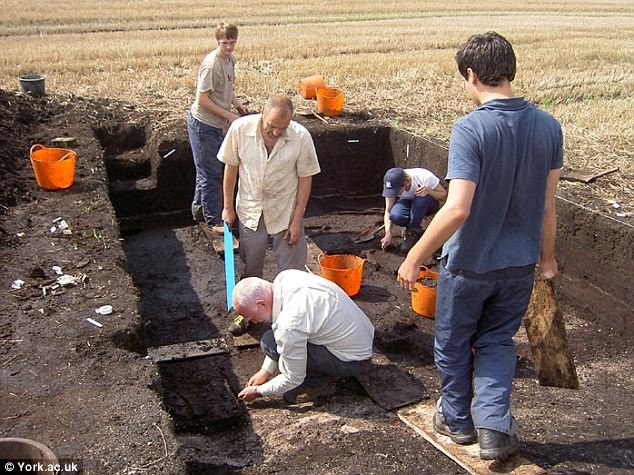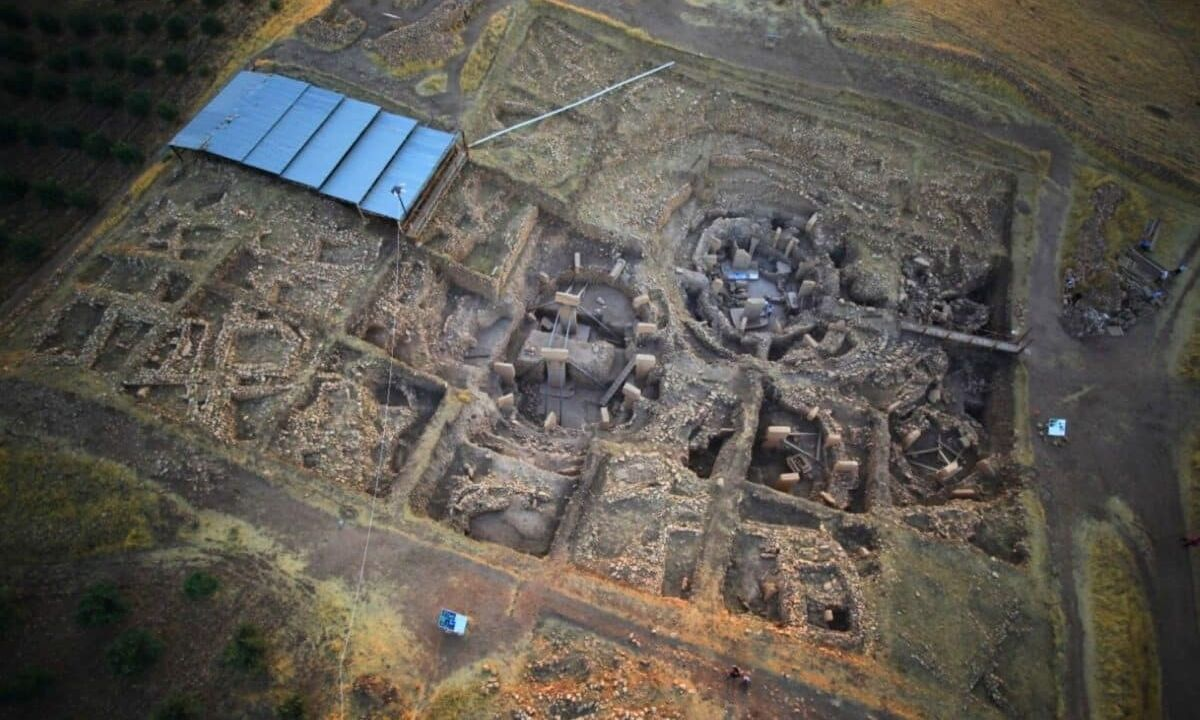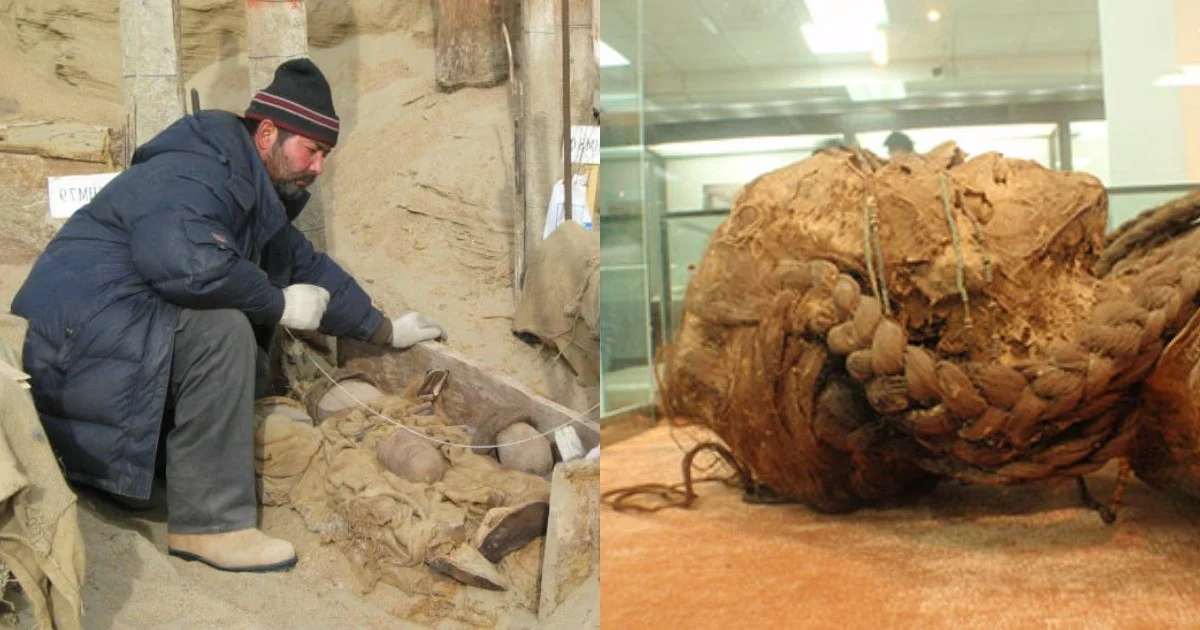It's small, clumsy, and not likely to win any accolades for architecture. But archaeologists claim that this wooden cottage is among the most significant structures ever created in Britain.
Ancient find: Manchester University student Ruth Whyte on the archaeological dig in Flixton near Scarborough which has unearthed an 11,000-year-old tree and remains.
The recently unearthed circular building is the nation's oldest known residence, as depicted by our artist. It was constructed more than 6,000 years before Stonehenge and gave nomadic hunters roving Britain during the end of the last ice age protection from the freezing winds and storms.
The building's remnants, which were found close to Scarborough, North Yorkshire, were at least 8,500 years old. It was located adjacent to the ruins of a wooden quayside and next to an old lake.
It was between 500 and 1,000 years older than the previous record-holder, a building discovered in Howick, Northumberland, according to Dr. Chantal Conneller of the University of Manchester.
Pictures from the dig where archaeologists believe that one of the first houses in Britain may have been buried
This alters how we perceive the life of the first people to return to Britain after the previous ice age, she said. "We used to believe that they were elusive and left little traces.
We now know that they created substantial structures and had strong attachments to certain locations in the terrain.
The building's timber from construction has all been destroyed. Instead, 18 timber poles set in a circle were clearly visible, according to researchers. An organic substance had been used to fill the structure's hollow center.
The researchers think there may have been a fireplace and that the floor once had a carpet of reeds, moss, or grasses. According to Dr. Conneller, the hut was used for at least 200 to 500 years and may have been left unoccupied for extended periods of time.
We don't know much about it, she added, and we're not sure what it was used for. Although it could only hold three or four people, the structure may have been a home. Given that there is evidence of ritual activity at the site, it might have been a type of ceremonial building.
Near the cabin, previous archaeological digs uncovered headdresses made from deer skulls as well as flint tools, a boat paddle, antler tools, fish hooks, and beads.
Alongside the ancient lake at Star Carr, which has long since vanished, the archaeologists also discovered a sizable wooden platform. It was constructed using split and hewn timbers.
The platform is the earliest indication of carpentry in Europe and may have been a dock. Britain at the time had connections to the rest of Europe. Nomads who moved from a region that is now under the North Sea to hunt deer, wild boar, elk, and wild cattle were the previous occupants of the hut.
"This is a sensational discovery and tells us so much about the people who lived at this time," said Dr. Nicky Milner of the University of York.
Archaeologists have been excavating at the Mesolithic site Star Carr since 2003
This dig has given us a clearer understanding of how these people lived. For instance, it appears that the house may have undergone numerous stages of reconstruction.
It's also possible that there were several homes and a large population living here. Additionally, the antler artifacts—especially the antler headdresses—are noteworthy because they allude to ritual activities.
Although Britain had been visited by hunter-gatherers for hundreds of thousands of years, it was only at the end of the last ice age, when the glaciers finally retreated from Scotland, that the country became permanently occupied.
Thousands of miles away, in the ‘Fertile Crescent’ of Mesopotamia, the earliest farmers were learning how to sow seeds and domesticate animals in a discovery that would transform the world – and herald the age of villages, writing and civilisation.
But in northern Europe, the hunter-gatherer way of life that had served prehistoric man for millennia remained unchallenged.
A depiction of a stone-age house in Ireland. The original building at Star Carr would have looked very similar to this, with thatched roof and circular shape
Hunter-gatherers had been coming to Britain for hundreds of thousands of years, but the country didn't become inhabited permanently until the end of the last ice age, when Scotland's glaciers finally retreated.
The world's first farmers were discovering how to domesticate animals and plant seeds thousands of miles away in Mesopotamia's "Fertile Crescent," a finding that would usher in the age of villages, writing, and civilization.
However, the hunter-gatherer lifestyle that had supported prehistoric man for thousands of years remained undisturbed in northern Europe.











